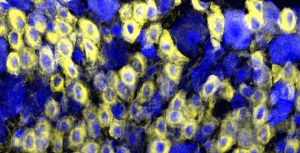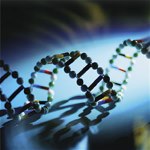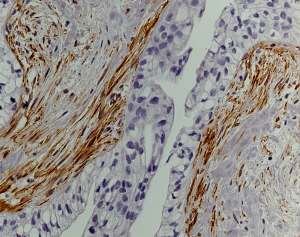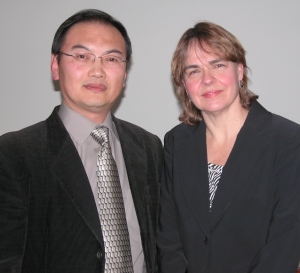“So attention must be paid!” insists Willy Loman’s wife in Arthur Miller’s Death of a Salesman. “He’s not to be allowed to fall into his grave like an old dog.”
The other day someone sent me a link to an article in the Chronicle of Higher Education. If you’re someone who’s concerned about the future of academic science in the USA, some of what the author brings to light may furrow your brow, deeply.
Jacob E. Levin, assistant vice chancellor for research at the University of California at Irvine points to a federal report showing that “in the early to mid-1960s, the National Institutes of Health funded more than 50 percent of the proposals it received,” he writes.
“Throughout the 70s and 80s, grant-success rates remained healthy and reliable at 30 to 40 percent. Now they have dropped to around 15 percent (lower for some institutes), and the average age of independent investigators when they receive their first grant is creeping into the mid-40s.”
And there’s more:
“Significantly, funding-success rates for certain subpopulations, like mid-career scientists, have sunk even lower. The time it takes to review grants has increased, and more and more resources are being poured into larger collaborative efforts (such as the $2-billion Clinical and Translational Science Awards), leaving many investigators out in the cold, without sufficient support to continue their work for extended periods of time.”
Weighing in on the problem with a word of advice, is Dede Corvinus, director of the Office of Research at UNC-Chapel Hill School of Medicine:
“In addition to the difficulty of getting independent funding from the agency, junior faculty have to deal with promotion and tenure committees who expect the time line of accomplishments to be what it was in the past. Institutions need to rethink how to recognize young faculty for their contributions to successful team efforts.”
Rosemary Simpson, chief operating officer of the North Carolina Translational and Clinical Sciences Institute (NC TraCS), says she worries these days about junior faculty researchers, “…for if you don’t get your first R01 until you are in your mid-forties, then you have only about 20 more years to grow your career.
“It has taken me years to understand why some faculty never retire and keep working at the bench well into their 80s. It is because their working life is so much shorter than the rest of us.”
Willy Lowman struggled to leave his mark on the world. In various ways, so do we all, including our nation’s scientists.
Yes, attention must be paid. The NIH budget is under attack, as are the budgets for the National Science Foundation, the Centers for Disease Control and Prevention, the Food and Drug Administration, and the Agency for Healthcare Research and Quality. So Act now.
Les Lang









